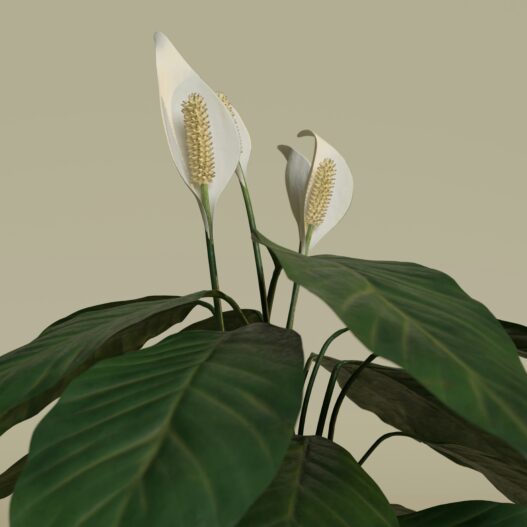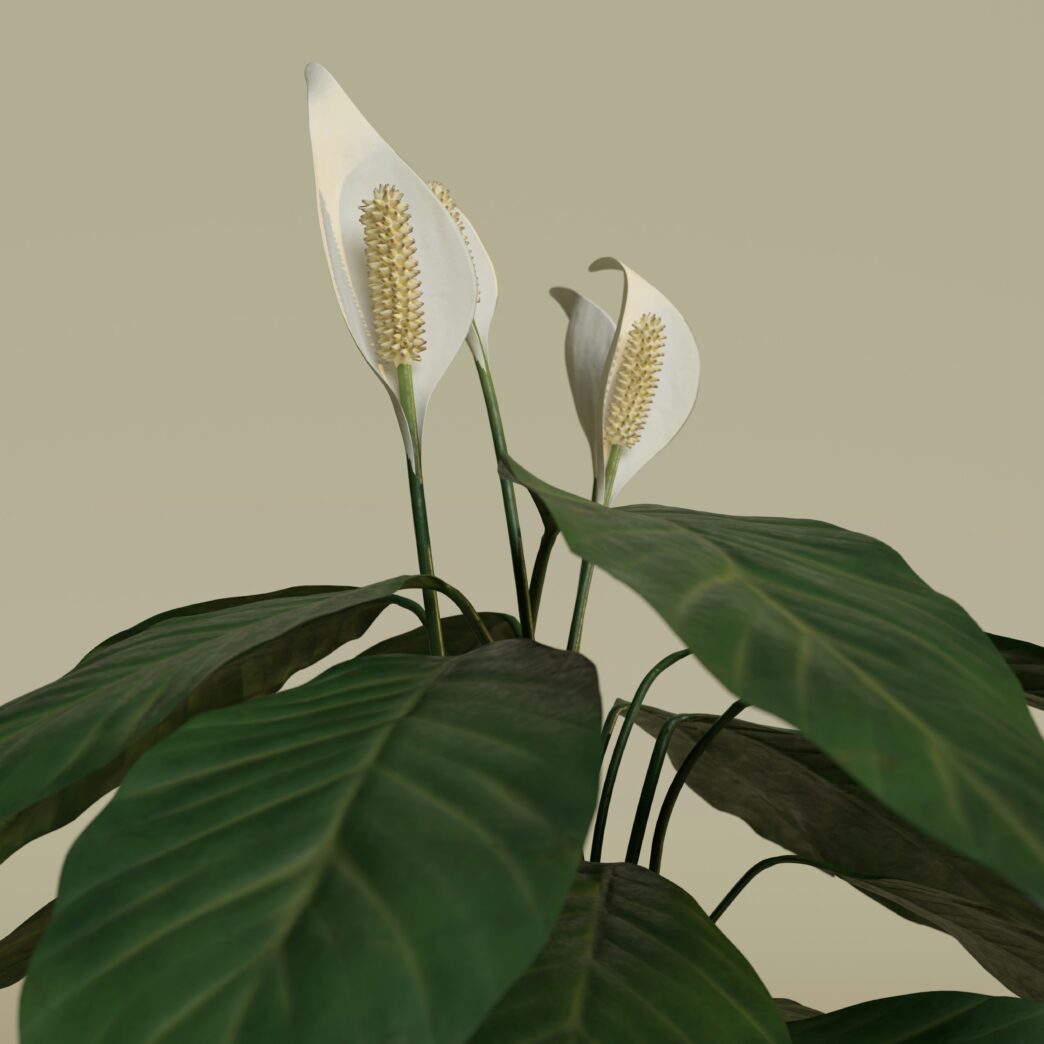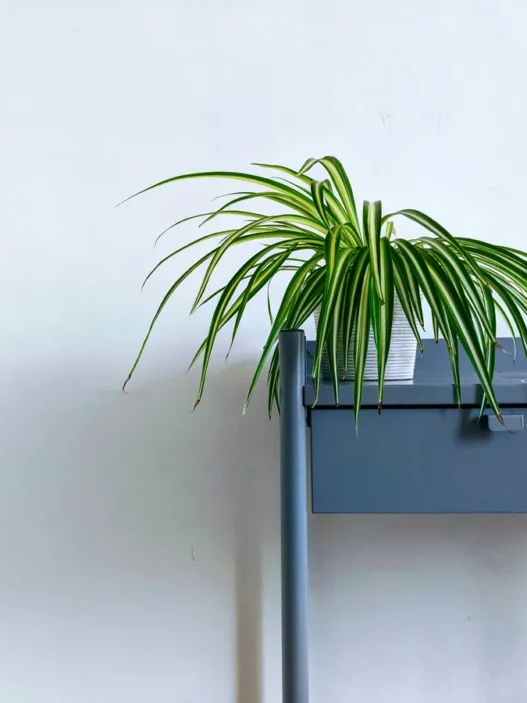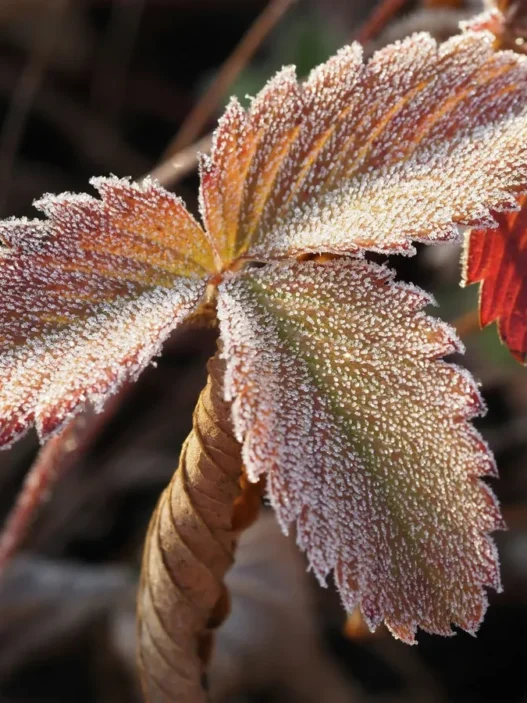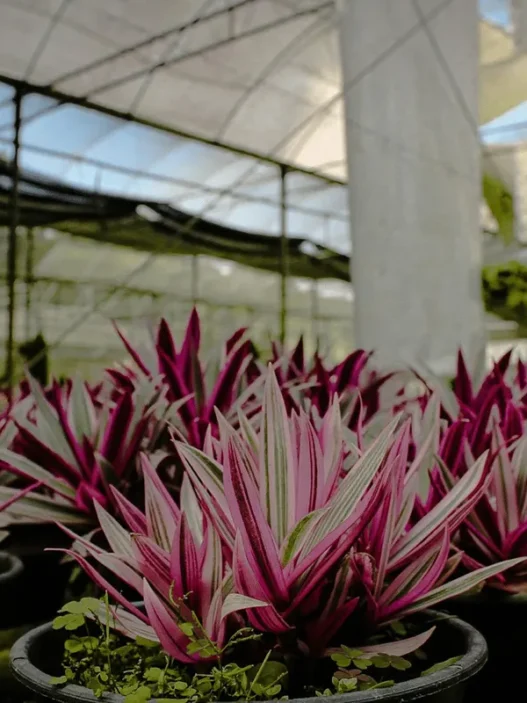You walk past your Peace Lily and something just feels… off.
The leaves are drooping like they gave up on life. There’s a yellow spot or two. Maybe even a crispy brown tip staring back at you like, “This is your fault.”
And now you’re standing there, wondering if you’re a bad plant parent.
First of all — no, you’re not. You just haven’t figured out what your plant’s trying to tell you yet.
Let’s fix that.
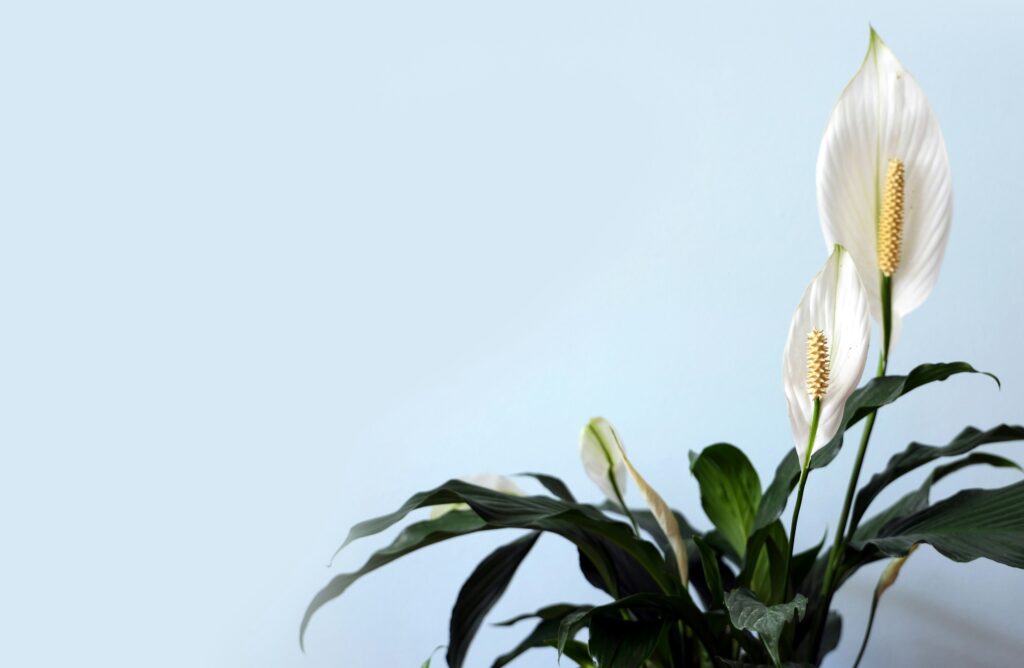
Sad Plant? Here’s What to Look For
When a Peace Lily isn’t happy, it’ll let you know. No subtle hints. No playing hard to get.
Some signs to look for:
- Droopy leaves that look like they’re melting
- Yellow patches, especially on older leaves
- Brown, crispy tips (the plant version of dry ends)
- Leaves curling in like they’re bracing for a storm
- No flowers, even though it used to bloom
Sound familiar? Cool. Let’s get into the “why.”
1. It Might Be Too Wet
This is the most common issue — and honestly, the easiest to fix.
If the soil always feels damp, your Peace Lily’s roots might be waterlogged. Think of it like trying to breathe with a wet towel over your face. Not fun.
What to do:
Stick your finger about an inch into the soil. If it’s wet and you watered recently, give it time to dry out before watering again.
And make sure your pot has drainage holes. Without those, water has nowhere to go, and that leads to sad roots and even sadder leaves.
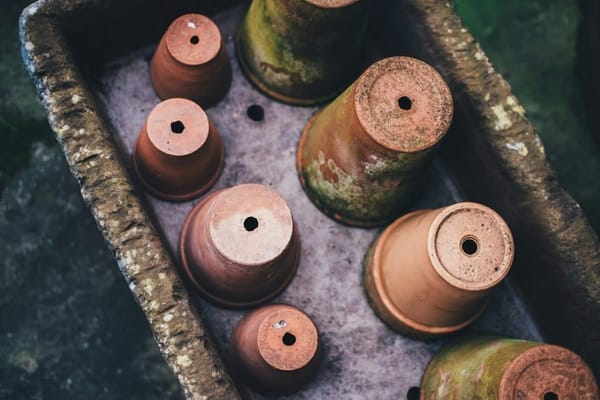
2. Or… It’s Bone Dry
Yes, I just told you to stop watering so much. But now I’m telling you that maybe you’re not watering enough.
Welcome to the Peace Lily paradox.
These plants like to be kept lightly moist — not soggy, not dusty. When they get too dry, they flop over dramatically like they’re trying to get attention. (They usually are.)
Fix it:
Water slowly and deeply. If the soil’s super dry, it might repel water at first. Be patient. Give it a minute to soak it up. You’ll usually see the plant perk back up within a few hours.
It’s like magic. Genuinely one of the most satisfying things about owning a Peace Lily.
3. Your Pot Might Be the Problem
Even if your watering game is on point, if the soil stays wet for too long, it’s still game over.
Heavy, dense potting soil holds too much water. And if your pot doesn’t have holes at the bottom? Yeah, your plant’s living in a bathtub.

Do this:
Repot using a light, airy mix. You can even buy a houseplant mix and add a little extra perlite or orchid bark to help with drainage. And yes, always use a pot with drainage holes — always.
4. Sunburn Is Real (Even for Plants)
If your Peace Lily is sitting right in a sunny window, that light might be too harsh.
These plants like light — but the indirect kind. Think soft morning sun or bright shade. Not the afternoon sun that feels like a hair dryer to the face.
How to fix it:
Move it a few feet away from the window or into a room with filtered light. If the leaves are getting scorched or faded, it’ll appreciate the shade.
5. Or Maybe It’s Too Dark
Here’s the other side of the coin: Peace Lilies can survive in low light, but they won’t exactly live.
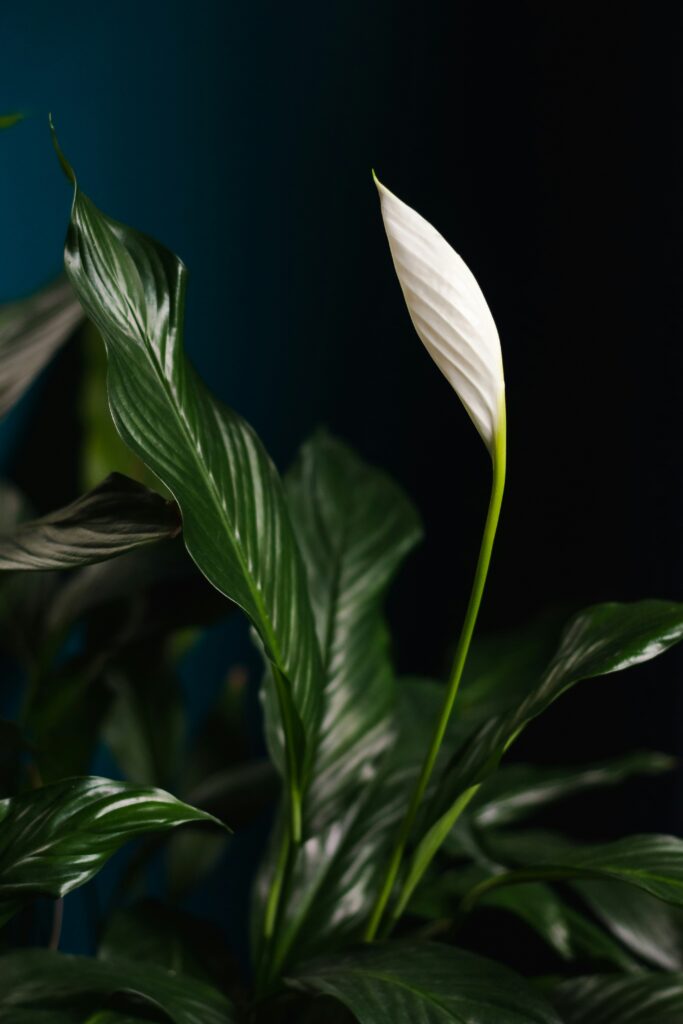
No light = no photosynthesis = no flowers, no growth, and a very sad vibe overall.
Try this:
Put it in a spot with good light but no direct sun. East-facing windows are great. Even a few feet back from a bright window can work wonders.
6. Low Humidity Is Wrecking the Vibe
Peace Lilies are tropical. They’re used to warm, humid air, not dry apartments with blasting AC or heaters.
If the tips of the leaves are turning brown and crispy, your home might be too dry.
How to help:
- Mist the leaves in the morning
- Place the pot on a tray filled with pebbles and a bit of water
- Group it with other plants so they can share humidity
- Use a small humidifier nearby if you’ve got one lying around
7. It’s Outgrown Its Pot
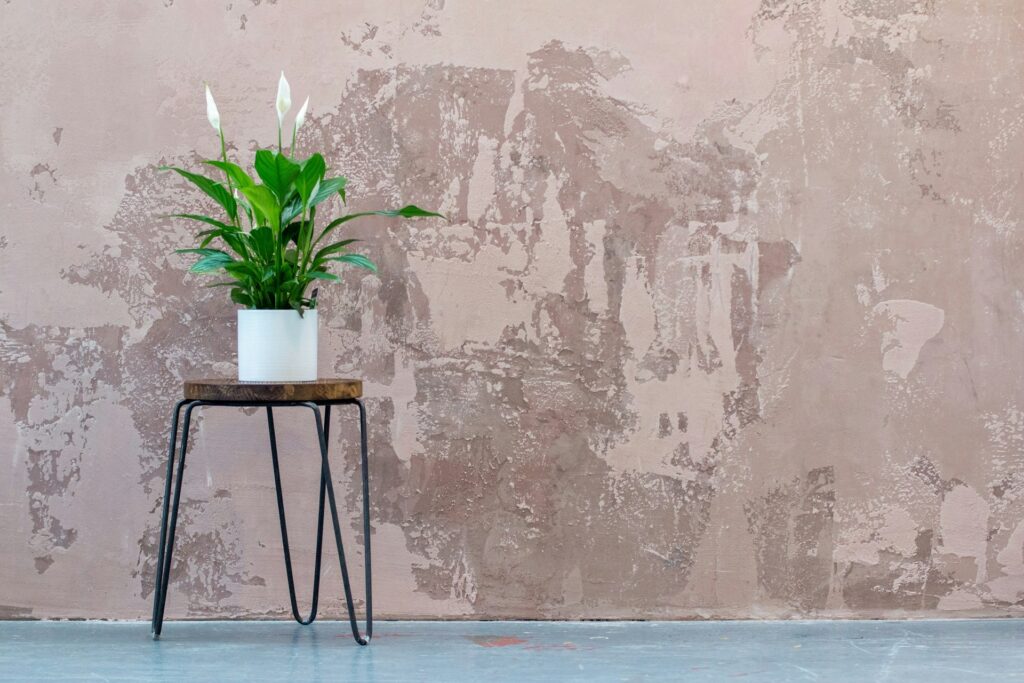
If your Peace Lily has been in the same pot for over a year and it’s acting cranky, the roots might be out of room.
When the plant gets rootbound, it can’t absorb water properly. Water might run straight through the pot, or the roots might look like they’re trying to escape.
To check:
Take it out of the pot (gently). If the roots are swirling around in tight circles, it’s time to upgrade. Choose a pot that’s about an inch or two wider than the current one and refresh the soil.
Okay, But How Do I Actually Fix It?
Here’s the part where we stop diagnosing and start doing.
Step 1: Give It a Health Check
Check the soil. Check the roots. Look at the light. Figure out what the most likely cause is.
Step 2: Trim the Dead Weight
Snip off any brown or yellow leaves. They won’t recover, and they’re just dragging the plant down.
Step 3: Repot if Needed
Fresh soil. Slightly bigger pot. Better drainage. Your plant will love you for this.
Step 4: Adjust the Environment
Move it to a spot with better light. Add some humidity. Get the airflow right.
Step 5: Water Correctly
No more flooding. No more droughts. Just check the soil regularly and water when the top inch is dry.
Step 6: Give It Time
This is the hard part. You might not see changes overnight. But trust the process. Peace Lilies are resilient. They bounce back.
Keeping Your Peace Lily Happy (Long-Term)
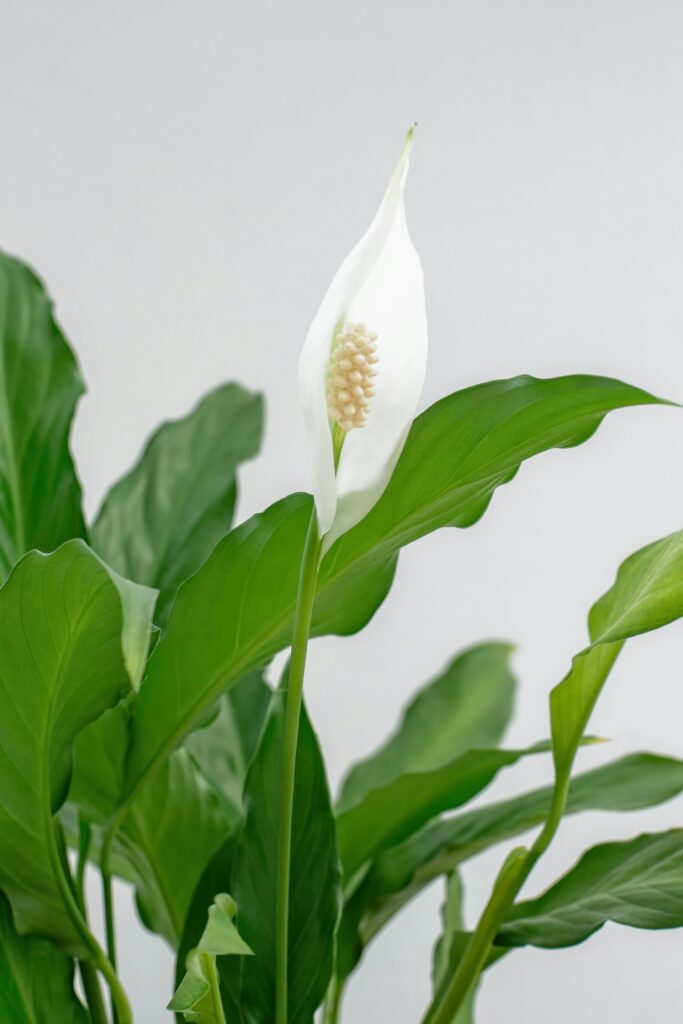
Want to avoid future drama? Here’s the routine your Peace Lily will actually enjoy:
- Water when the top inch of soil feels dry
- Use filtered or rainwater if your tap water is harsh
- Keep it somewhere with indirect light
- Wipe dust off the leaves once a month
- Mist occasionally if your space is dry
- Repot every year or two before it gets cramped
Simple. Low-maintenance. Surprisingly rewarding.
Final Thoughts (And a Pep Talk)
If your Peace Lily is looking rough, don’t take it personally. These plants are a little sensitive — but they’re also incredibly forgiving.
Nine times out of ten, a little attention and a quick tweak is all it takes to turn things around.
So breathe. You’ve got this.
And next time your Peace Lily throws a dramatic flop, you’ll know exactly what to do.









